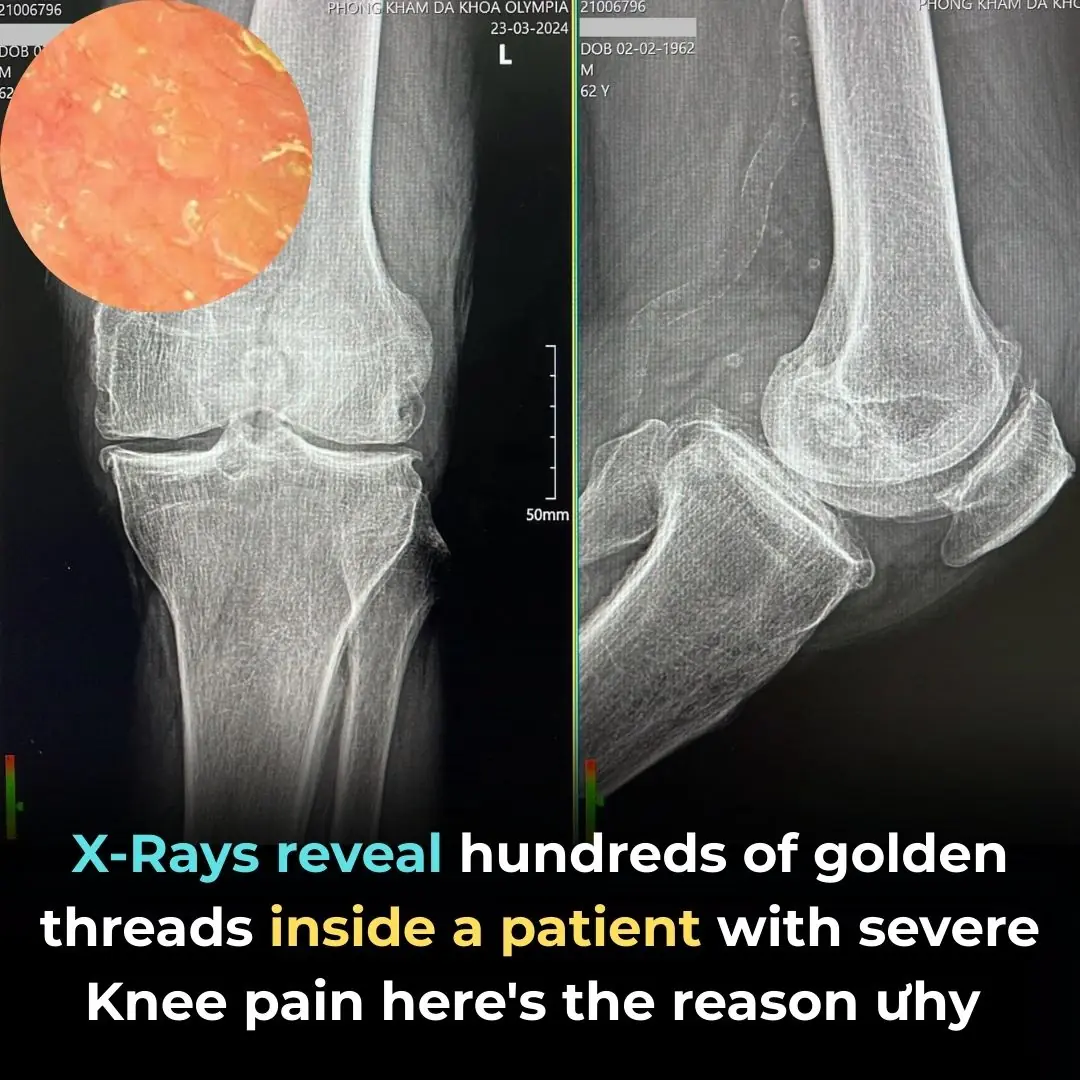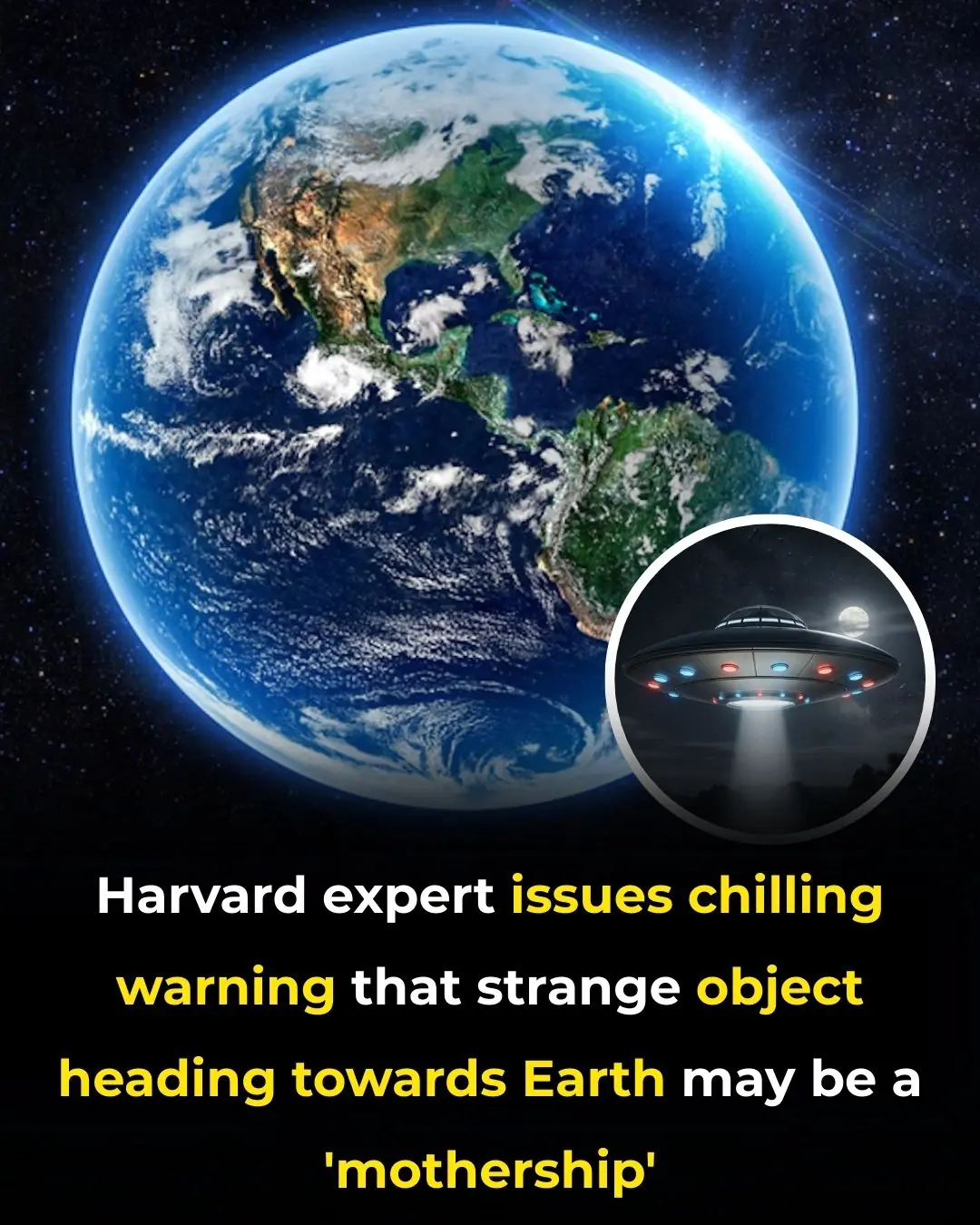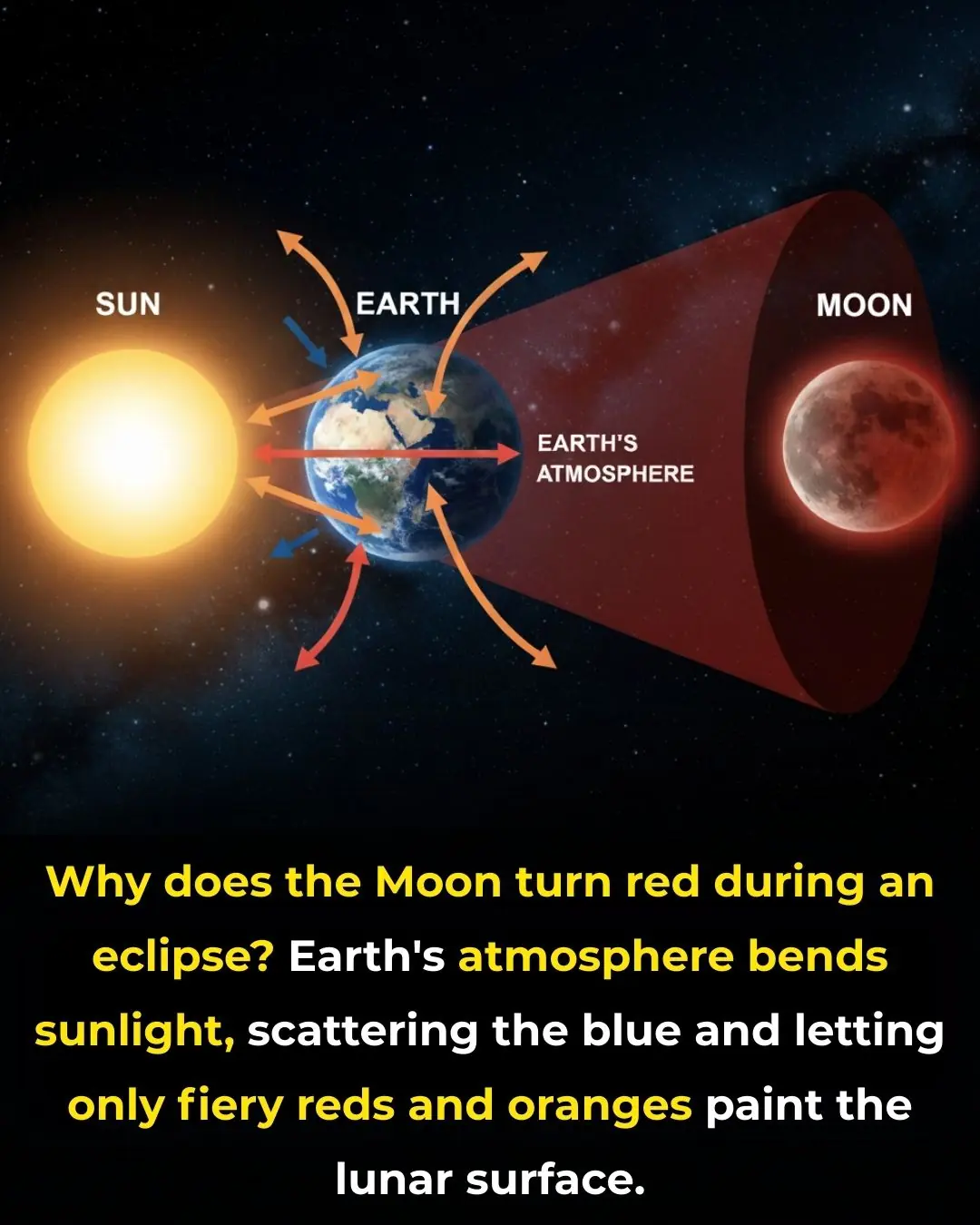
Northern lights alert : the best displays in years could be coming
At 2:19 p.m. EDT on Monday, September 22, 2025, the sun will officially cross the celestial equator, marking the fall equinox in the Northern Hemisphere. While this shift signals the start of autumn with shorter days and longer nights, it also sets the stage for something even more spectacular: enhanced chances of seeing the Northern Lights.
Why the Equinox Matters for Auroras
The aurora borealis, or Northern Lights, happens when charged particles from the sun travel along Earth’s magnetic field lines and collide with gases high in the atmosphere. These collisions release energy as shimmering green, red, and sometimes purple lights across the night sky.
Although the sun’s magnetic activity is the root cause of auroras, scientists have noticed a boost in geomagnetic disturbances around the equinoxes in March and September. This phenomenon, called the “equinox effect,” is all about geometry. At equinox, Earth’s axis tilts side-on to the sun, aligning the planet’s magnetic poles in a way that makes it easier for solar wind particles to slip into Earth’s magnetosphere. The result: a higher chance of auroras.
Forecast for September 21
NOAA’s Space Weather Prediction Center has forecast a G1-rated geomagnetic storm for Sunday, September 21. A G1 storm is classified as minor, but it can still expand the aurora’s reach further south than usual. According to NOAA’s experimental aurora viewline, the Northern Lights could be visible across 14 U.S. states, making this an exciting opportunity for sky-watchers far from the Arctic Circle.
When and Where to Look
While the equinox itself occurs on September 22, the aurora forecast is for the night of Sunday, September 21 into the early hours of Monday, September 22. For the best chances to see the auroras:
Head out after nightfall on September 21.
Find a dark spot away from city lights.
Look toward the northern horizon.
Remember, actual visibility will depend on local weather conditions, solar activity, and how strong the storm truly becomes. Even with forecasts, auroras can be unpredictable—but that’s part of their magic.
Why This Year Is Special
This equinox comes as the sun approaches the peak of its 11-year solar cycle, a time when solar storms are more frequent and more powerful. That means stronger auroras are likely in the months ahead. The weeks before and after the equinox are particularly favorable, so sky-watchers should keep checking NOAA’s forecasts and aurora viewline maps.
The fall equinox is already a special astronomical milestone, but this year it comes with the promise of glowing skies. With
News in the same category


X-rays Reveal Hundreds of Golden Threads Inside a Patient with Severe Knee Pain — Here’s the Reason Why

Blind Man Can Now See Through His Tooth After Losing Sight 20 Years Ago – He Explains How It Works

Harvard expert issues chilling warning that strange object heading towards Earth may be a ‘mothership'

Nvidia's futuristic 'robot brain' officially goes on sale to the public for insane price

Emotional Starbucks Employee Reaction Over Long-Hour Shift Sparks Debate

Shocking Discovery at Her Son’s Bed Leaves Mom Terrified

CRISPR Breakthrough: Scientists Achieve Complete HIV Eradication in Lab Cells

The Science Behind the Blood Moon: How Earth’s Shadow Creates the Red Glow

Germany’s Suitcase-Sized Turbine Powers 12 Homes from a Small Stream

First PlayStation 6 game could've just been revealed and people aren't impressed

UFOs Are Swarming U.S. Military Zones—And One Just Crashed Into a Fighter Jet

Why You Should Toss a Water Bottle Under Your Hotel Bed

Remembering Aleksander Doba, Who Kayaked Across Atlantic

10 Breathtaking Frozen Lakes, Oceans And Ponds, That Look Like Art

The World’s Largest Edible Mushroom Lives in Symbiosis with Termites and That’s Why It Grows So Huge

Calla Lily Valley Near Big Sur, California

Starlings Obscure the Sky Over Rome: A Dystopian Viral Photo
News Post

Game-changing 'hidden' features in iOS 26 update you've probably missed

X-rays Reveal Hundreds of Golden Threads Inside a Patient with Severe Knee Pain — Here’s the Reason Why

Blind Man Can Now See Through His Tooth After Losing Sight 20 Years Ago – He Explains How It Works

Harvard expert issues chilling warning that strange object heading towards Earth may be a ‘mothership'

Nvidia's futuristic 'robot brain' officially goes on sale to the public for insane price

These 4 places are "bacteria nests" in the rice cooker, need to be cleaned every month

🌿 Wash Your Hair with This Herb and Watch Baby Hairs Grow Back Fast — Say Goodbye to Hair Fall

🪵 Don't Wash Moldy Wooden Cutting Boards with Soap—Try This 5-Minute Natural Cleaning Hack Instead

🌾 Ginger and Rice Water Hair Treatment: A Natural Secret for Fast Growth, Thicker, Shinier Hair

Colgate Toothpaste for Face Whitening: The Secret Combo of Tomato and Colgate 🍅✨

Emotional Starbucks Employee Reaction Over Long-Hour Shift Sparks Debate

Shocking Discovery at Her Son’s Bed Leaves Mom Terrified

If You Have These Two ‘Dimples’ on Your Lower Back, This is What They Mean

How My Nana’s Baking Soda Skincare Routine Became My Favorite Beauty Secret

Popular Drink Could Be Permanently Staining Your Teeth Yellow, Experts Say

Powerful Natural Remedies for Ear Infections That You Can Try at Home

CRISPR Breakthrough: Scientists Achieve Complete HIV Eradication in Lab Cells

The Science Behind the Blood Moon: How Earth’s Shadow Creates the Red Glow
